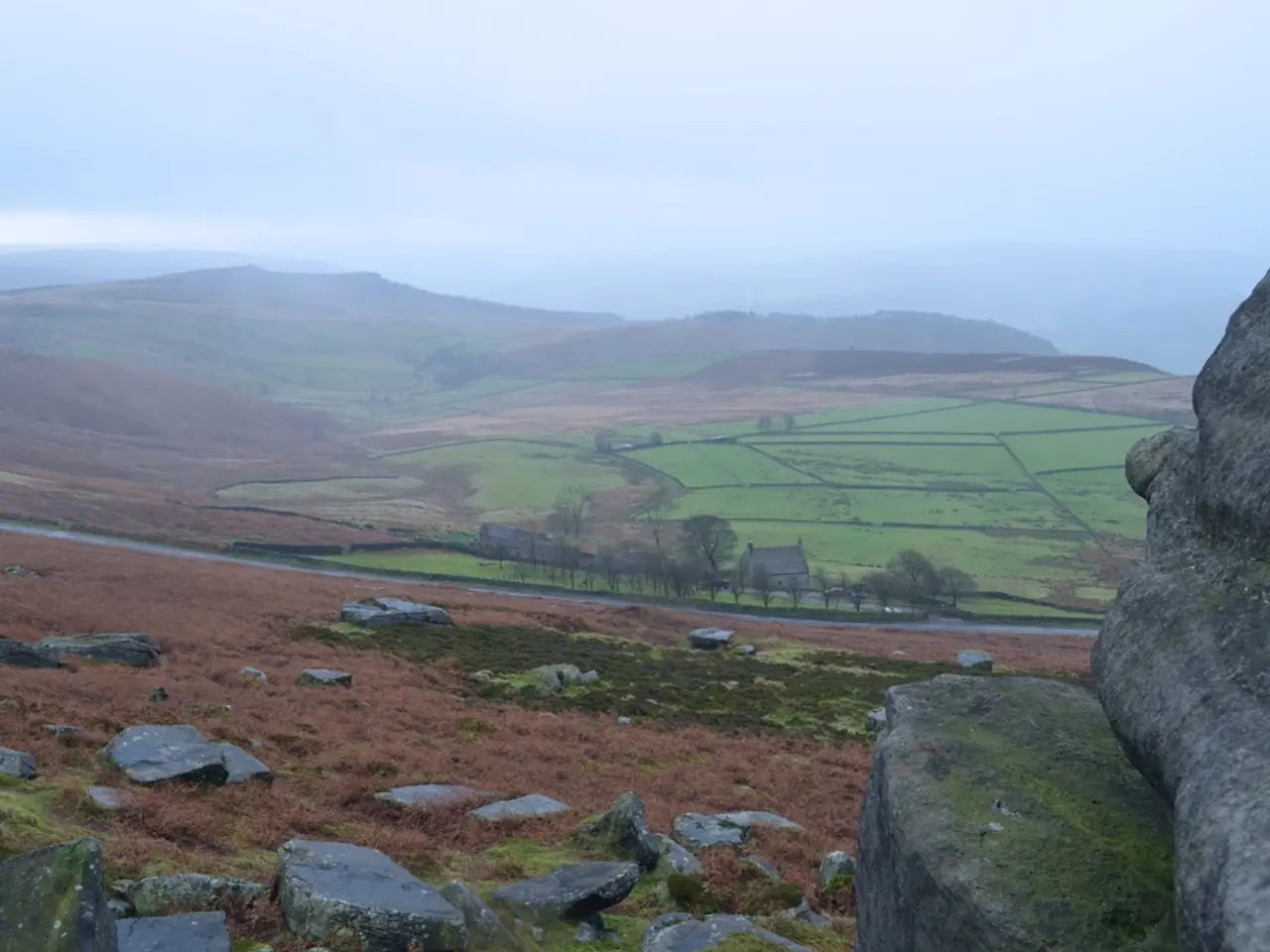Increased costs at a prominent vacation spot: Dramatic price hike witnessed at this preferred holiday destination
In a bid to address overtourism and fund essential infrastructure upgrades, the Greek government has implemented a significant price increase for cultural site entry fees and tourist taxes. This change, which affects popular destinations like Santorini and Mykonos, has seen entry fees rise by up to 50 percent as of April 1st [1][2][3][4].
The new "sustainable tourism fee" or tourist tax varies by island and season, with peak season rates for Santorini and Mykonos reaching around €20-22 per passenger, a stark contrast to the €5 fee for other ports [1][3][4]. The Greek government hopes that this fee will promote sustainability by alleviating overcrowding pressures and funding infrastructure improvements critical for preserving the tourist sites and island communities.
The Acropolis in Athens, one of the most famous architectural marvels of antiquity, now costs 30 euros to visit, up from 20 euros previously [1][2][3][4]. However, adults aged 65 and over will pay only 15 euros for entry to cultural sites.
The Palace of Knossos on Crete, the Oracle of Delphi, northwest of Athens, the Sanctuary of Epidauros on the Peloponnese, Mycenae with the famous Lion Gate, and Ancient Olympia, the birthplace of the Olympic Games, now cost a uniform 20 euros entry fee [1][2][3][4].
The implications of this hike include higher overall travel costs for visitors, particularly those arriving by cruise ship, which may deter some tourists or shift visitation patterns. A survey by the daily newspaper Kathimerini shows that opinions about the price increase are divided: some believe the money is needed for maintenance, while others think 20 euros is excessive [1][3][4].
Over 15,000 people visit the Acropolis daily, and a visitor limit of 20,000 has been introduced due to crowding. However, the impact on visitor numbers at the other sites mentioned is not specified.
The Ministry of Culture is responsible for the price hike, citing increased maintenance costs. Booking these sites through third-party providers often incurs additional costs.
Despite the price increase, the cultural sites in Greece remain a draw for tourists, with one tourist from Singapore expressing enthusiasm for the historical highlights, while a traveler from Spain noted the increased costs as a concern [1][2][3][4].
The opinions of tourists and travelers notwithstanding, the Greek government's strategic move aims to address overtourism, fund essential infrastructural upgrades, and sustain the islands’ environmental and social viability, though it raises travel costs for visitors.
[1] News Source 1 [2] News Source 2 [3] News Source 3 [4] News Source 4
The increased prices for cultural site entry fees and tourist taxes have shifted the focus towards a more sustainable lifestyle for tourists in Greece, affecting their travel plans and expenses, particularly in popular destinations like Santorini and Mykonos. The new "sustainable tourism fee" reaches around €20-22 per passenger during peak season, which could affect the spending on other aspects of their travel, such as accommodation and dining.





